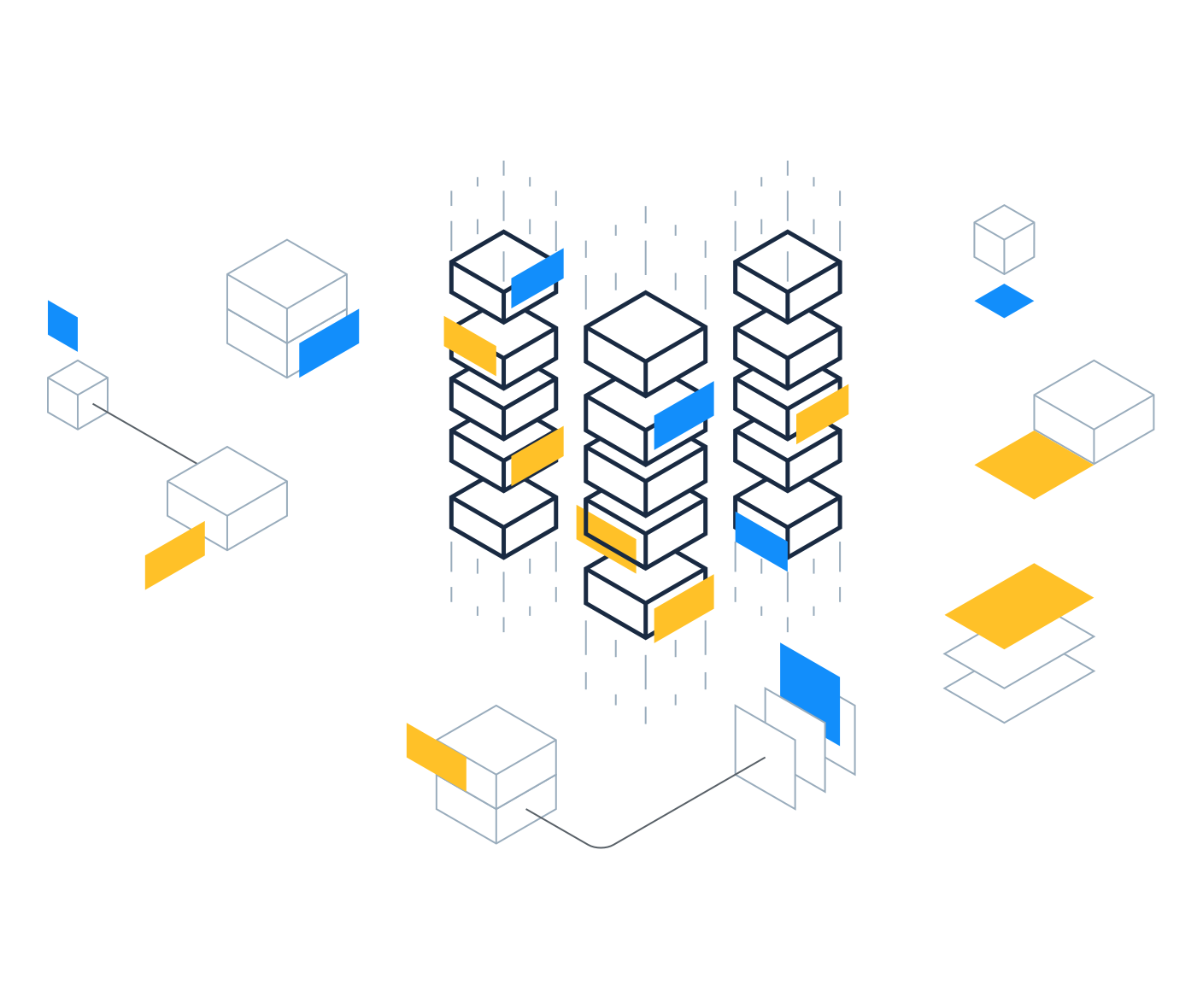eCommerce Microservices for Macro Agility
Nothing stays the same for long, the world is constantly changing and it’s a challenge to keep up.
eCommerce Microservices is an architectural style that introduces and enables a level of agility and flexibility that wasn’t possible with previous monolithic architectures.

What are eCommerce Microservices?
As applications get more and more functionality, the underlying code base gets bigger and bigger and therefore harder and harder to maintain and manage.
eCommerce Microservices is an architectural approach to breaking down this large, monolithic codebase into smaller pieces to make the overall system more flexible, more agile, more reliable, more scalable and easier to manage.
An eCommerce microservice is a self-contained and independently deployed software unit that is not in itself a complete application. Each eCommerce microservice carries out one task, or a small range of tasks and applications, or other microservices, use it via an API to meet particular needs, and each microservice may well rely on other microservices as well.

“Monolithic applications and the technical debt they impose often prevent organizations from moving quickly and achieving their desired business outcomes.”
Gartner - Composable Commerce Must Be Adopted for the Future of Applications
What are the Benefits of Microservices for eCommerce?
Ease of updating
Updates are an important part of any technology system. However, updating requires retesting everything an application does – even a small change can cause unexpected bugs. Since an eCommerce microservice has just one job, as long as it keeps doing it correctly, other units of code are unlikely to be affected, so it’s a lot more fault-tolerant.
Increased scalability and predictable cost
If monolithic applications bog down under heavy demand, the only option is to replicate the entire software application to a bigger and more powerful computer - if one is available - and this migration process is hard to do, time-consuming, and costly. This type of scaling takes planning and can’t be done on a whim. If the demand peak is brief, such as a holiday season, this is a wasteful use of valuable budget without seeing a return on investment.
Reusable among other applications
It’s quite likely that businesses need to reuse code and functionality. A business may have applications that perform related tasks but need different user interfaces, or different systems need to call a piece of functionality over and over again. In cases like these, several clients can share an eCommerce microservice – it just needs to be written once and deployed where it's needed. The reusable nature of microservices means that changes are easy to make and don't require rebuilding leading to less redundancy and more consistency.
Higher security
All software architectures face security issues. However, microservices are protected from public access with state-of-the-art authentication and authorization. This makes them less vulnerable to cyberattacks. Plus, gaining access to one microservice is an isolated event; which does not mean access is granted to the entire application. A good eCommerce microservices architecture for modern commerce plans for security from the beginning, instead of adding it on as an afterthought. And it ensures that if any malware gets past front-line defenses, it won't easily be able to use the microservice.
Avoiding vendor lock-in
Mixing microservices from multiple vendors is common. When a service publishes its API, other vendors can create their own services using that same API which means that a customer can switch from one microservice to another, in order to switch to a different database or get better performance. Customers can even mix cloud services and combine components that run on different platforms.
Cleaner software design
The complexity of an application grows faster than the number of lines of code. Everything has to work with everything else, and a change in any part may have unexpected effects elsewhere. A microservice is a relatively small unit that interacts with other units only through APIs. The chances of unexpected side effects from a change are smaller, and easier to find and fix if they happen.
The Key for eCommerce Microservices:
Separation of User Interface from Business Logic
The way an application interacts with users is a separate matter from how it processes its data and there can often be a need to change one without affecting the other.
Sometimes the goal is to change the look of a website without modifying its basic capabilities. And sometimes it's to reorganize the database without affecting the user experience.
eCommerce microservices handle data operations without caring how the user sees the information. This means that developers can change different parts of the software, even at the same time, without worrying about what the other teams are doing. As long as everyone uses the API correctly, it keeps working.

A Composable Commerce Platform does not only benefit from Microservices, it is also:
Cloud-Native
A real cloud-native architecture means a lot more than just hosting your applications in the cloud. It means speed and agility.
API First
Using APIs as an effective integration tool is all but unavoidable in today’s digital ecosystems, powered by API first architectures.
Headless
Your visitors are unique, and so should your customer experience. This is only possible with a headless eCommerce platform.
Digitize your B2B commerce with the platform designed specifically for your needs. Increase efficiency, profitability and cut your costs with our composable commerce platform.
Please fill in the form
and we will be in touch shortly.
